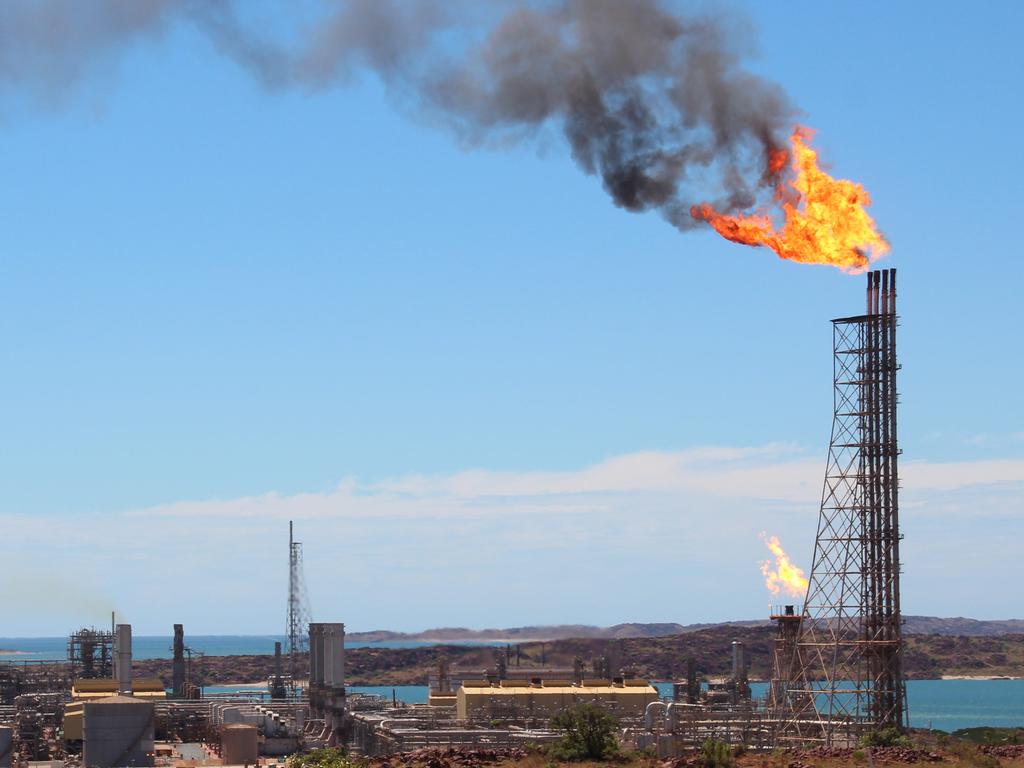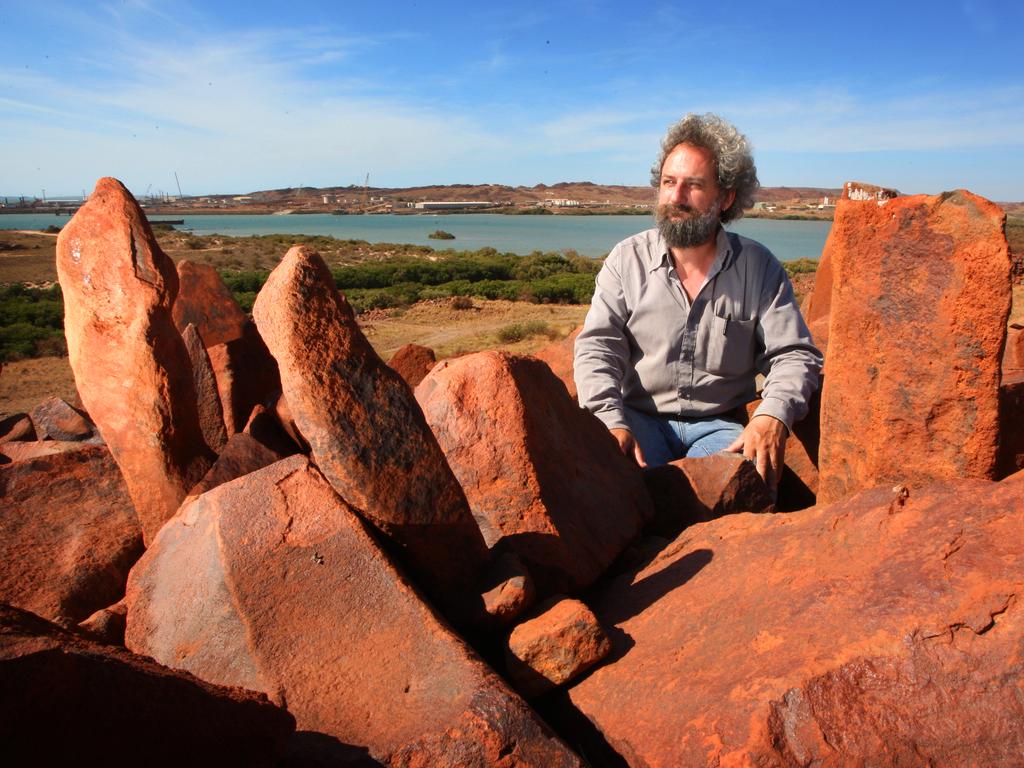With World Heritage secure, Murujuga calls for state to honour rangers pledge
Murujuga Aboriginal Corp also wants the WA and federal governments and industry to support development of a new $60m cultural centre in the state’s rock-art-rich Burrup Peninsula.

The Western Australian government must finally deliver on an almost 20-year-old promise and legislate for Aboriginal rangers of the rock-art-rich Burrup Peninsula to have official powers, traditional custodians of the newly World Heritage-listed area say.
Murujuga Aboriginal Corporation chief Peter Hicks told The Australian there were now no excuses for the Cook government to not finally introduce legislated powers – first agreed by the WA government in 2006 – for the MAC rangers who look after the area.
Mr Hicks, who was recently part of the delegation to Paris that secured the World Heritage listing from UNESCO, also wants to see the state and federal governments and industry step in to fund a new $50m-$60m cultural centre at the Burrup, or Murujuga, to cater for an influx of tourists now expected to be drawn to the area.
MAC itself was created to represent the traditional owner groups with ties to the Burrup under the 2006 Burrup Maitland Industrial Estate Agreement that brought a wave of industrial development to the area.
Mr Hicks said that agreement included a pledge for MAC’s rangers to be given the equivalent powers of Department of Biodiversity, Conservation and Attractions officers. Successive governments, he said, had failed to honour that commitment but he was ready to push the Cook government to deliver.
“They’ve got no more excuses now,” he said.
“We’ve got the World Heritage listing, they played a significant role in this and they know exactly what these lands mean to us. Giving powers to the rangers further reinforces for us that the government is working alongside us to make these things happen so that we can manage our lands,” Mr Hicks said.

“I wouldn’t want to be sitting here in another 10 years having this conversation again. I’ve had this conversation with government for a long, long time and it frustrates me,” he said.
The group wants to see its rangers develop scientific skills that will allow it to continue the state-funded Murujuga Rock Art Monitoring Program beyond its slated conclusion later this decade.
The MRAMP has been scrutinising whether emissions from the heavy industry in the area are hurting, and its findings – disputed by some scientists and campaigners – that current emissions were safe were crucial in securing UNESCO’s support for the World Heritage listing.
Mr Hicks said he wanted MAC’s rangers to use the remaining years of MRAMP to build their own scientific expertise.
“Our people are illiterate in the science, the scientists are illiterate in Aboriginal customs,” he said.
“We can mould them together and teach each other the best way to look after country.”
With the World Heritage listing secure, MAC is turning its attention to developing a cultural centre at Murujuga.
Mr Hicks said the centre would likely cost tens of millions of dollars to develop and would include virtual tours of the Burrup’s rock art as well as the Indigenous history of the area, which dates back tens of thousands of years.
It was important, he said, for the centre not to disturb untouched areas of the peninsula.
“We would like a facility that showcases all the history, and that will blend into the landscape,” Mr Hicks said.

Murujuga is home to more than one million ancient petroglyphs, making it the largest collection of rock art in the world.
The images include animals that have long since gone extinct, and depictions of the arrival of European vessels.
The area is also home to some of Australia’s largest industrial projects, including Woodside Energy’s North West Shelf gas plant.
Federal Environment Minister Murray Watt recently gave conditional approval for Woodside to continue operating the North West Shelf until 2070.
Mr Hicks said the World Heritage listing meant MAC had more sway than ever over the Burrup.
“For however long that industry is there, we have to monitor and keep an eye on it and manage it,” he said.
“And if it does get there [to a point where emissions are affecting the petroglyphs], we will be the first ones making industry and government accountable and putting in whatever measures need to be there to ensure that nothing’s happening to the rock art.”








To join the conversation, please log in. Don't have an account? Register
Join the conversation, you are commenting as Logout